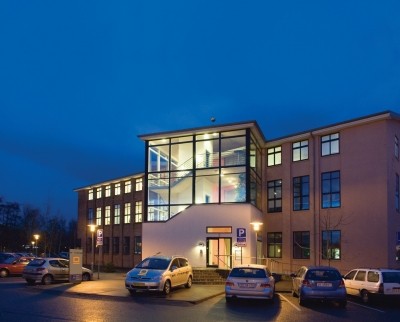IFFA 2013
Robotic future for de-boning lines
Shin Maekawa told GlobalMeatNews.com at the international trade fair IFFA that it was his goal to produce a humanoid – robotic human – to de-bone meat by IFFA 2016.
Although the company started as a humble Japanese family business in 1924, dealing with refrigeration, Mayekawa has since delved into the world of robotics on a scale akin to car manufacturing. The company’s booth at IFFA was testament to that, with a prominent display of a pork de-boning unit, with fully functioning robotic arms.
Maekawa said: “We started the food processing business with chicken leg de-boning and then moved onto pork de-boning six years ago. The first thing we did was ham de-boning and the second machine was pork shoulder de-boning last year.”
He added that sales had been “slowly coming in” and that “they do cost a lot of money”. He added: “It is much more hygienic to work with robotics. Contact from the human hand is only limited and there is the saving on the cost of employees.”
Lean ideas
Meanwhile the similarities between the car and meat industries have been paralleled in the past and both the UK and the USA use “lean” manufacturing techniques to save on employee costs. “That is where we got the idea from,” Maekawa said. “We are the only company in the world to use car manufacturing robotics for de-boning.”
The car manufacturing technique was not adopted straight away, however, He explained that only six years ago, when the company moved into pork de-boning, the first machine was primitive-looking in comparison to the shoulder de-boner. “We thought that was not good enough and we invented the pork shoulder de-boning robot and then put x-ray in to look at the meat. Using x-ray allows the robot to cut as close to the bone as possible.”
He also said the pork shoulder de-boning robot is five times more efficient than a human de-boner and, with the addition of pressure sense, the robot can feel how hard it is cutting. As a result the robot now has three senses: touch, sight and feel.
Back to the future
The next generation of de-boning robots Maekawa is working on will be even more human in appearance. “We want to put humanoid-like robots, with two arms and two eyes, on to the line,” he said. “This idea came from one of the difficulties of space when putting in large de-boning machines, but the humanoids would take up much less space and could bone more than one type of meat.”
























